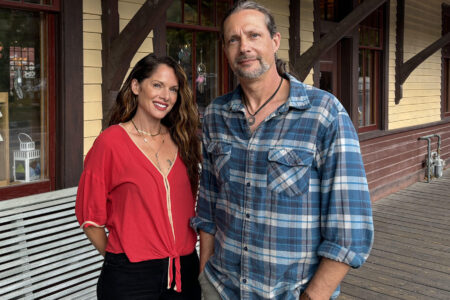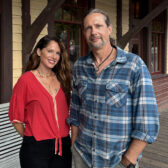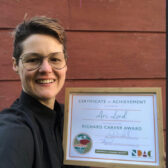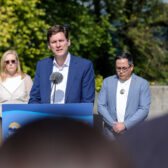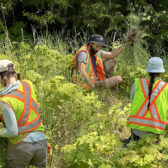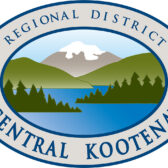RDCK steps back from provincial Step Code to reduce building costs
The rising cost of residential construction has created a cause for concern at the regional district, prompting them to balk on implementing new provincial building guidelines to ease the burden.
The Regional District of Central Kootenay board of directors have decided to go against a staff recommendation to approve an amendment to the Building Bylaw to support energy efficiency in new building construction within the RDCK.
Instead, the decision to implement the voluntary changes will be put off for another six months, while the board will be bringing forth a motion at the annual Union of BC Municipalities (UBCM) meeting to make building affordable and low-cost building methods a priority when the BC Building Code is revised for 2022.
The board’s motion also asked for additions to the code be “addressed through incentives, not punitive or prescriptive measures.”
Energy reviews of new homes are part of the first step of the coming Step Code — which is divided into five parts — that the province is implementing toward the creation of higher energy efficiency in new homes.
All levels of municipal government have another 18 months before they need to adopt the new requirements of the first step. Step One of the code calls for builders and homeowners to work with a certified energy advisor.
The BC Energy Step Code has set a goal of net zero energy use buildings by 2032.
The RDCK board’s sentiments were echoed by Casey Edge, CEO of the Victoria Residential Builders Association (VRBA), in an interview with Canadian Contractor online magazine.
He said the province was ignoring the National Building Code and was ignoring affordability and current proven practices by using very divergent ways of building a house to achieve a high level of energy efficiency.
“What they’ve done instead is significantly ratchet up the cost of new home ownership in the most expensive province in Canada while doing very little to address the climate issue,” he said.
Edge felt the measures only put the onus of higher efficiency costs on the back of the homes that are yet to be built.
Instead, he called for a retrofit tax credit that would help reduce the energy usage in existing homes.8
The road less travelled
The original staff recommendation had the regional district entering into a contribution agreement with FortisBC for Built Better funding which will provide funding for Step Code and high performance building training for builders and building officials within the RDCK.
Regional district senior energy specialist Paul Faulkner said the FortisBC Built Better funding aligns with the RDCK’s Regional Energy Efficiency Program (REEP): New Home.
REEP: New Home launched in the fall of 2018 and will run until December 2020 and is designed to deliver a consistent regional campaign — information, rebates, equipment, education and training — on energy efficiency opportunities in new construction and existing homes.
The agreement with FortisBC was to have enabled the regional district to apply for up to $50,000 of funding towards supporting building industry training.
The funding would have been used to facilitate training, networking events and support to enhance awareness, improve skills, address concerns and facilitate networks around high performance construction and Step Code adoption.
A similar training program was expected to be created with local realtors, to further education of realtors and enhance engagement and enthusiasm for high performance building.



